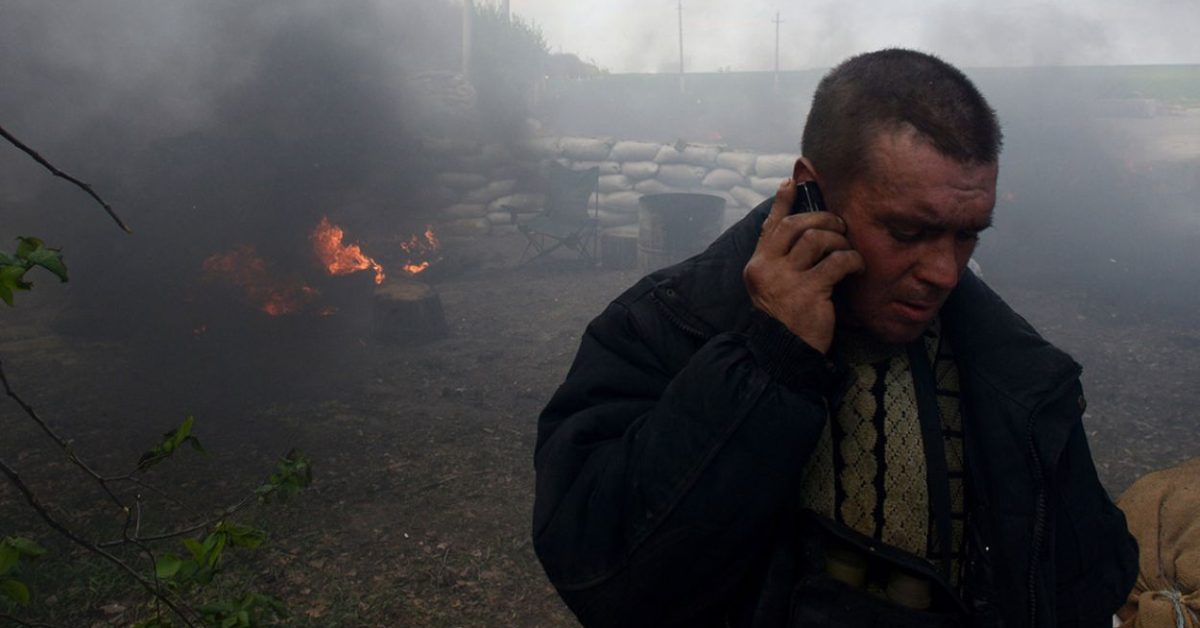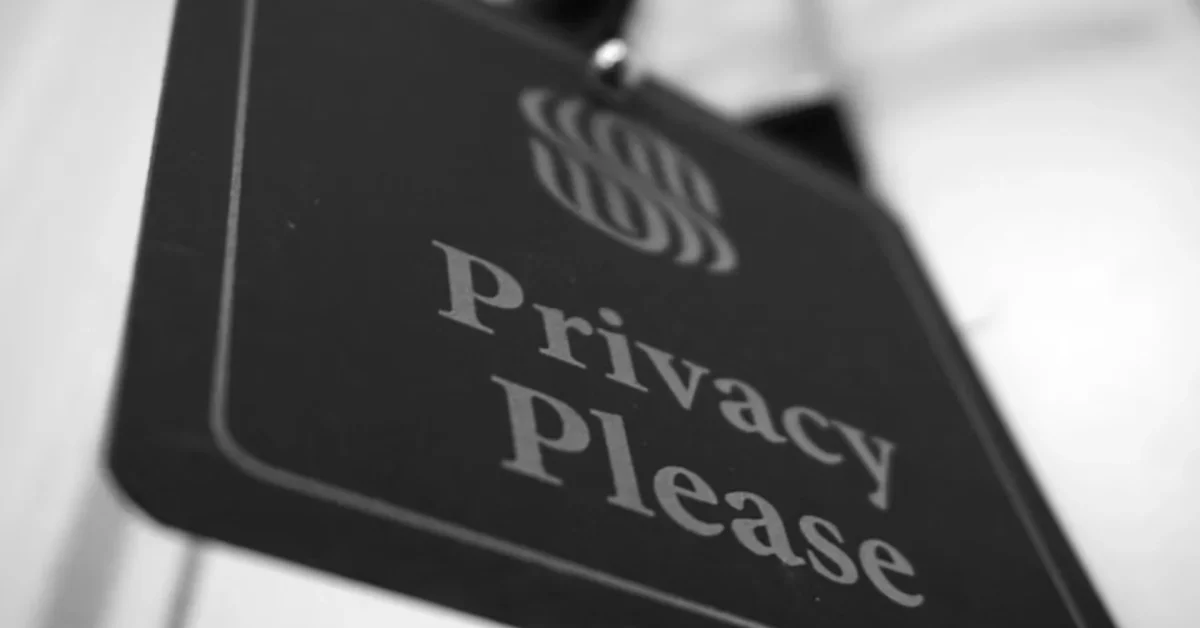
Adopting Generative AI for SMEs
July 27, 2023
Communication as an Essential Service in Humanitarian Crises: Empowering Aid and Saving Lives
August 19, 2023Saturday, August 19th marks World Humanitarian Day. Designated in 2008 by the United Nations, this day is dedicated to those warriors who battle fierce weathers, deadly terrains and devastating conflicts in order to aid the most impacted and vulnerable of people. They ignore the dangers and put the needs of others ahead of their own needs. In their struggle, they are assisted by one important tool: communication.
Partially due to Climate Change, we see a multitude of climate catastrophes. The earth cracked open in Syria and Türkiye, Hawaii was burnt, and China and India were flooded. Hundreds of lives were lost and billions of dollars of damage was endured. Yet, it could have been worse. Communication made disasters less severe on 3 fronts: impact, rescue, and relief.
Impact of disaster:
Early warning alerts on mobile devices play a fundamental role in timely evacuation so the impact of a disaster like floods, hurricanes or earthquakes can be managed. When an earthquake struck Pakistan in March, I was among those who felt the impact in Islamabad. Communication was essential in mitigating the panic ensuing from the disaster. I was able to call my family and inquire about their wellbeing as well as inform them about my health. Similarly, in the February earthquakes in Türkiye and Syria, communication was essential in saving people from unnecessary panic by letting them know that their loved ones were safe. Without communication, many more people would worry excessively about disasters, not knowing whether their family and friends were among the dead or injured. Mobile phones and social media were tools that disseminated information about the disasters and the people affected by them.
Rescuing the affected:
As for those who are impacted by earthquakes and floods, communication has proved to be a way to rescue them. GPS location allows for rescue operations to locate survivors and victims under the mass of rubble during earthquakes and during floods. The relatives of survivors are blessed with good news timely as well. Poor communication channels would only mean that survivors would become victims and their love ones would have to worry endlessly for them.
Relief for the unfortunate:
Communication also streamlines the relief process. On-site observers are able to tell donors what the survivors need. Donors are able to run campaigns, set up GoFundMe pages and supply relief equipment in the required amounts. Communication removes the element of uncertainty and ensures that the correct type of supplies reach the needy people. Facebook pages, YouTube videos and Patreon are a few means of achieving this goal. Emotional relief is also provided in the form of video calls of loved ones and celebrities, which provide solace in testing times.
In essence, communication plays the role of an all-rounder. It reduces the intensity of the disaster and creates ease in difficult situations. Our modern-day communication has ensured that disasters are less cruel than they were in yesteryears by making aid efforts possible in a timely manner.






